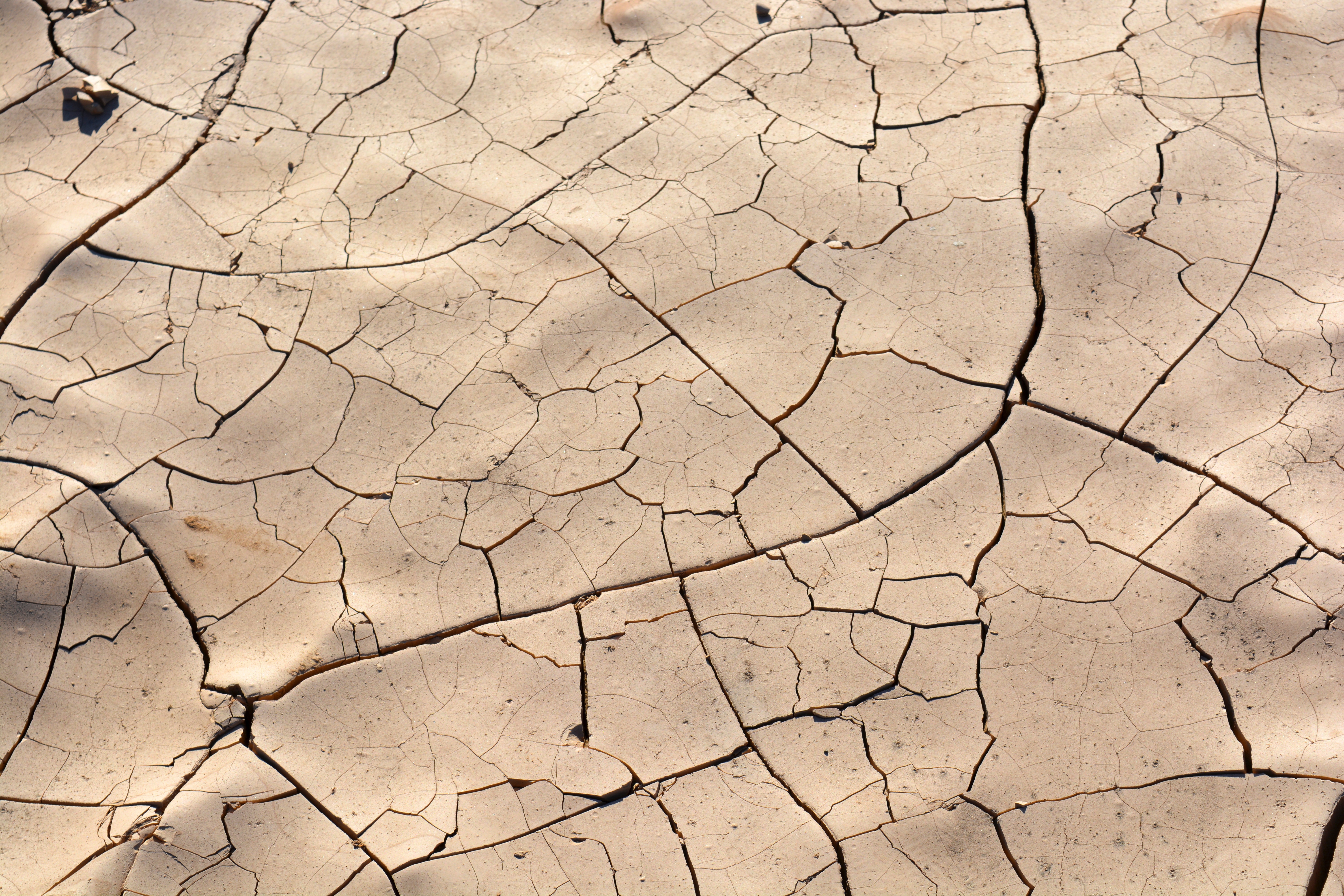Drought Insurance: How does it work?
July 21, 2021
This spring and early summer has been unusually dry in Iowa, causing much of the state to experience prolonged drought conditions. This has lasting impacts on our communities, especially on farmers who rely on rain to grow their crops. Insurance coverage can help step in and cover certain losses due to droughts.
What to know when it comes to drought damage:
- Compensation is not paid by acres of crop lost; it is paid by how little rainfall there was.
- There are several policies to choose from that vary by state, county, and other factors that play into personalizing your plan. Plans also vary by premium.
- This insurance covers livestock and crop producers.
- Droughts cause upwards of $14 billion a year in overall loss.
How drought affects crop yield:
- Drought can affect individuals in a few ways. It can devastate crop yield by starving the plants of desperately needed groundwater. It can affect livestock watering and irrigation patterns.
PRF Insurance. What is it?
- PRF stands for “pasture, rangeland, and forage,” and it is the type of insurance that would cover you if you were affected by drought. It has been available since 2009 when it was introduced by the U.S. Department of Agriculture. The coverage is based on several grids that map the overall rainfall throughout the U.S. If the index measures below the “trigger-grid index” that you chose the insurance to cover, then indemnity is paid.
What precautionary measures can I take to mitigate the effects of a drought?
- Stay in contact with your county agricultural agent
- Consider alternative crops
- Protect your livestock from heat
- Look at adjusting fertilizer rates
- Contact a local crop insurance agent to help protect your livelihood
Sources:
